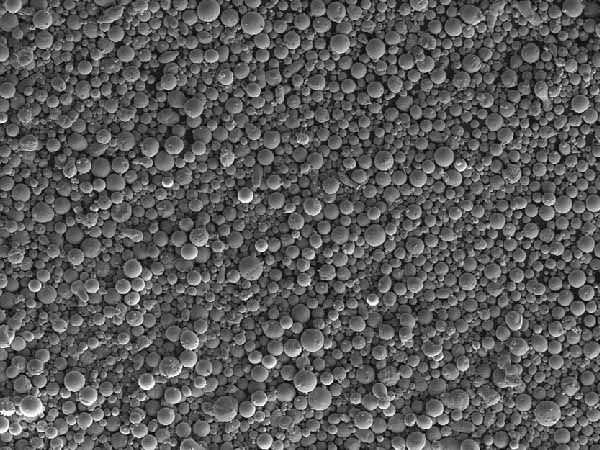Overview of Sinter-Hardening Alloy Powder
Sinter-hardening alloy powder is a revolutionary material used in various industrial applications due to its unique properties. This alloy undergoes a special sintering process, which hardens the material during cooling, eliminating the need for additional heat treatment. This process enhances the mechanical properties, such as strength and hardness, making it ideal for manufacturing high-performance components. In this guide, we will explore the different types of sinter-hardening alloy powders, their compositions, characteristics, applications, and specifications. We’ll also compare the pros and cons of various models, providing detailed information to help you make an informed decision.
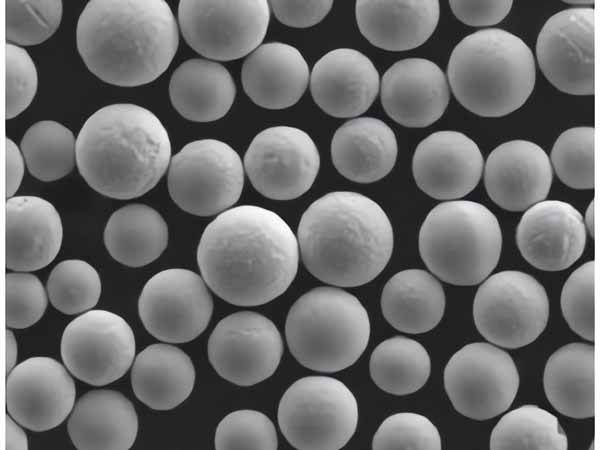
Types of Sinter-Hardening Alloy Powder
Below is a table detailing various types of sinter-hardening alloy powders, including their compositions and unique properties.
| Type | Composition | Properties | Characteristics |
|---|---|---|---|
| Ancorsteel 85 HP | Fe, 1.5% Cu, 0.5% Mo | High density, excellent hardenability, and strength | Suitable for structural parts |
| Distaloy AE | Fe, 4% Ni, 1.5% Cu, 0.5% Mo | High strength and toughness | Ideal for wear-resistant applications |
| Astaloy CrA | Fe, 1.8% Cr, 0.2% Mo, 0.7% C | Good hardenability and toughness, corrosion-resistant | Great for automotive applications |
| Hoeganaes Ancorsteel 737SH | Fe, 1.5% Cu, 0.5% Ni, 0.5% Mo | High mechanical strength, excellent wear resistance | Used in gears and bearings |
| MPIF FC-0208-60HT | Fe, 2% Ni, 2% Cu, 0.8% C | High strength, moderate toughness, good dimensional stability | Suitable for high-stress components |
| FN-0208 | Fe, 4% Ni, 2% Cu, 0.8% C | Excellent hardenability, superior mechanical properties | Preferred in heavy-duty applications |
| FC-0208-40HT | Fe, 2% Cu, 2% Ni, 0.8% C | High strength, excellent dimensional precision | Used in precision-engineered parts |
| FN-0205 | Fe, 4% Ni, 0.5% Mo, 0.5% Cu, 0.6% C | Moderate strength and toughness, good wear resistance | Ideal for medium-load components |
| Astaloy CrM | Fe, 3% Cr, 0.5% Mo, 0.2% C | High hardenability, good mechanical properties, and wear resistance | Suitable for high-performance components |
| Distaloy AB | Fe, 4% Ni, 1.5% Cu, 0.5% Mo | High strength, good toughness, excellent dimensional control | Used in automotive and heavy machinery parts |
Applications of Sinter-Hardening Alloy Powder
Sinter-hardening alloy powders find applications in various industries due to their enhanced properties. The following table presents some common applications.
| Application | Description |
|---|---|
| Automotive Components | Used in gears, bearings, and other high-stress parts due to high strength and wear resistance. |
| Industrial Machinery | Ideal for manufacturing durable and high-performance parts for machinery and equipment. |
| Aerospace Industry | Suitable for critical components requiring high strength and reliability. |
| Consumer Electronics | Used in the production of durable and high-precision electronic components. |
| Medical Devices | Employed in the manufacturing of high-strength, wear-resistant medical tools and implants. |
| Heavy Equipment | Suitable for parts in heavy machinery due to its excellent mechanical properties and durability. |
| Tools and Dies | Ideal for making high-strength, wear-resistant tools and dies. |
| Defense Industry | Used in the production of high-strength, wear-resistant components for military applications. |
| Construction Equipment | Suitable for manufacturing durable components used in construction machinery. |
| Energy Sector | Employed in the production of components for energy generation and transmission equipment. |
Specifications, Sizes, Grades, and Standards
Below is a detailed table of specifications, sizes, grades, and standards for various sinter-hardening alloy powders.
| Type | Grade | Size (μm) | Density (g/cm³) | Hardness (HRC) | Standards |
|---|---|---|---|---|---|
| Ancorsteel 85 HP | HP85 | 45-75 | 6.8 | 40-45 | ASTM B783-20 |
| Distaloy AE | AE | 50-80 | 7.0 | 45-50 | ISO 5755 |
| Astaloy CrA | CrA | 45-70 | 6.9 | 50-55 | MPIF Standard 35 |
| Hoeganaes 737SH | 737SH | 40-60 | 6.8 | 42-47 | ASTM B962 |
| MPIF FC-0208-60HT | 60HT | 50-75 | 7.1 | 48-52 | MPIF Standard 35 |
| FN-0208 | FN-0208 | 45-70 | 6.9 | 45-50 | ISO 5755 |
| FC-0208-40HT | 40HT | 50-80 | 7.0 | 47-52 | ASTM B783-20 |
| FN-0205 | FN-0205 | 45-70 | 6.8 | 42-47 | MPIF Standard 35 |
| Astaloy CrM | CrM | 40-60 | 6.9 | 50-55 | ISO 5755 |
| Distaloy AB | AB | 45-75 | 7.1 | 48-53 | ASTM B962 |

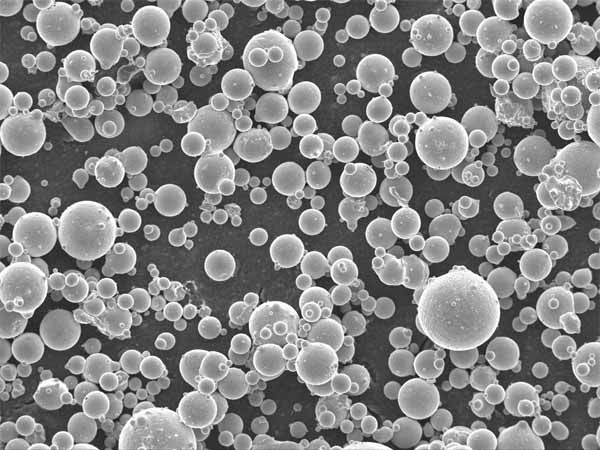


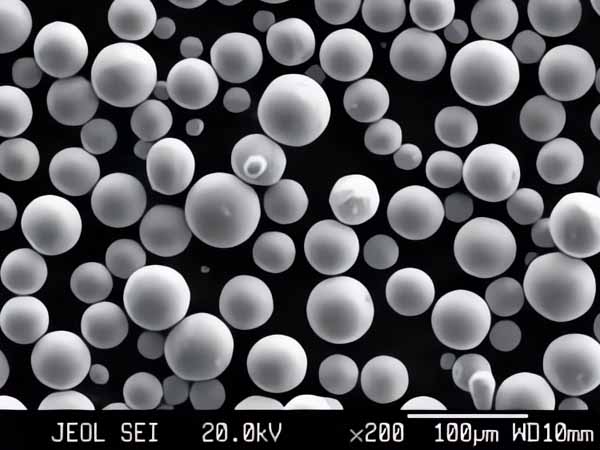
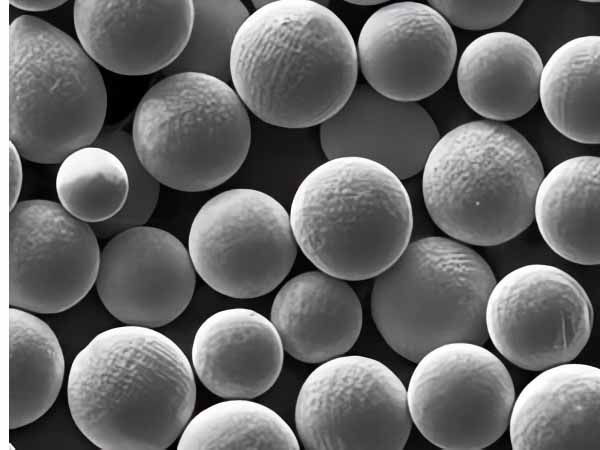
Suppliers and Pricing Details
Here’s a table that lists suppliers and pricing details for various sinter-hardening alloy powders.
| Supplier | Type | Price (per kg) | Bulk Purchase Options | Contact |
|---|---|---|---|---|
| Hoeganaes Corporation | Ancorsteel 85 HP | $15 | Discounts available for orders >500kg | [email protected] |
| Höganäs AB | Distaloy AE | $18 | Discounts available for orders >1000kg | [email protected] |
| Rio Tinto Metal Powders | Astaloy CrA | $20 | Bulk pricing on request | [email protected] |
| GKN Powder Metallurgy | Hoeganaes 737SH | $22 | Special pricing for large volumes | [email protected] |
| QMP Metal Powders | MPIF FC-0208-60HT | $19 | Volume discounts available | [email protected] |
| Metco Industries | FN-0208 | $16 | Bulk purchase discounts | [email protected] |
| Sumitomo Electric | FC-0208-40HT | $21 | Special rates for bulk orders | [email protected] |
| AMETEK Specialty Metals | FN-0205 | $17 | Discounts on large orders | [email protected] |
| Kobelco Powder | Astaloy CrM | $23 | Price reductions for >1000kg | [email protected] |
| Carpenter Technology | Distaloy AB | $20 | Volume discounts available | [email protected] |
Comparing Pros and Cons of Various Models
To help you choose the right sinter-hardening alloy powder, here’s a comparison table highlighting the pros and cons of various models.
| Type | Pros | Cons |
|---|---|---|
| Ancorsteel 85 HP | High density, excellent hardenability | Limited to specific applications |
| Distaloy AE | High strength, excellent toughness | Higher cost compared to others |
| Astaloy CrA | Good hardenability, corrosion-resistant | Requires precise control during sintering |
Characteristics of Sinter-Hardening Alloy Powder
Sinter-hardening alloy powders are engineered to meet demanding performance requirements. Understanding their characteristics can help you select the right type for your specific needs. Here’s a closer look at their features:
| Characteristic | Description |
|---|---|
| Sinter-Hardening | A process where the powder is heated to a temperature just below its melting point, causing it to fuse and harden simultaneously. This eliminates the need for post-sintering heat treatments. |
| Density | Typically ranges from 6.8 to 7.1 g/cm³, which affects the material’s strength and durability. A higher density often indicates a more robust material. |
| Hardness | Measured on the Rockwell scale (HRC), sinter-hardening powders can achieve hardness levels from 40 to 55 HRC. Higher hardness implies better wear resistance. |
| Toughness | This refers to the material’s ability to absorb energy and deform without breaking. Sinter-hardening powders can be formulated for high toughness, which is crucial for impact-resistant applications. |
| Corrosion Resistance | Some powders, such as those with added chromium, offer improved resistance to corrosion, extending the lifespan of components in harsh environments. |
| Dimensional Stability | Sinter-hardening powders are known for their ability to maintain shape and size after the sintering process, which is critical for precision-engineered parts. |
Grades of Sinter-Hardening Alloy Powder
Different grades of sinter-hardening powders offer varying properties suited to specific applications. Here’s a breakdown of some common grades and what they offer:
| Grade | Properties | Best For |
|---|---|---|
| HP85 | High density, high strength | Structural components, gears, bearings |
| AE | High toughness, good wear resistance | Heavy-duty machinery, automotive parts |
| CrA | Corrosion-resistant, high hardenability | Automotive components, aerospace parts |
| 737SH | High mechanical strength, wear-resistant | Gears, bearings, high-stress components |
| 60HT | High strength, dimensional stability | Precision parts, high-stress applications |
| FN-0208 | Excellent hardenability, high toughness | Heavy machinery, high-load components |
| 40HT | High dimensional control, strength | Precision engineering, high-performance parts |
| FN-0205 | Good wear resistance, moderate toughness | Medium-load components, general engineering |
| CrM | High hardenability, wear resistance | High-performance machinery, high-stress parts |
| AB | High strength, good toughness | Automotive applications, high-stress components |
Applications of Sinter-Hardening Alloy Powder
Sinter-hardening alloy powders are versatile and find applications across different sectors. Here’s a detailed look at how these powders are used in various industries:
| Application | Description | Examples of Use |
|---|---|---|
| Automotive Components | Used to manufacture parts that endure high stress and wear. These components require both strength and durability. | Gears, bearings, pistons, and transmission parts |
| Industrial Machinery | Essential for creating components that must withstand heavy loads and harsh operating conditions. | Conveyor belts, gears, and bearings |
| Aerospace Industry | Components must meet stringent performance standards for safety and reliability in aerospace applications. | Aircraft landing gear, engine components |
| Consumer Electronics | Used for making durable and high-precision parts in electronics. | Mobile phone housings, electronic connectors |
| Medical Devices | Critical for manufacturing components that are both strong and biocompatible for medical applications. | Surgical instruments, dental implants |
| Heavy Equipment | Components need to be extremely durable and resistant to wear and tear for heavy machinery applications. | Excavator parts, bulldozer blades |
| Tools and Dies | Tools and dies must be robust and wear-resistant to withstand repeated use. | Molds, dies, cutting tools |
| Defense Industry | High-performance materials for components used in defense applications, where reliability and strength are paramount. | Military equipment, defense systems |
| Construction Equipment | Components must endure the rigors of construction work, including exposure to harsh environments and heavy use. | Cranes, backhoes, and construction machinery parts |
| Energy Sector | Used in the creation of parts for energy generation and transmission systems. | Turbine blades, power generation components |
Comparing Sinter-Hardening Powders: Advantages and Limitations
Understanding the advantages and limitations of different sinter-hardening powders can help you make the best choice for your specific needs.
| Type | Advantages | Limitations |
|---|---|---|
| Ancorsteel 85 HP | High density, excellent hardenability | Limited application range, higher cost |
| Distaloy AE | Superior strength and toughness | More expensive, not ideal for all environments |
| Astaloy CrA | Corrosion-resistant, good hardenability | Requires precise sintering conditions |
| Hoeganaes 737SH | High strength, wear-resistant | Can be more expensive due to advanced properties |
| MPIF FC-0208-60HT | Excellent dimensional stability, high strength | May require specialized equipment for processing |
| FN-0208 | Excellent hardenability and toughness | Not the best choice for applications requiring high corrosion resistance |
| FC-0208-40HT | High dimensional precision, good mechanical properties | Limited to specific engineering applications |
| FN-0205 | Good wear resistance, moderate toughness | Less suitable for extremely high-stress applications |
| Astaloy CrM | High performance, good for high-stress applications | Can be more costly, specific to high-performance needs |
| Distaloy AB | High strength, good toughness | More expensive, not always necessary for less demanding uses |
Choosing the Right Sinter-Hardening Alloy Powder
Selecting the appropriate sinter-hardening alloy powder involves evaluating the specific requirements of your application. Here are some factors to consider:
- Strength and Hardness Needs: If you need a high-strength, wear-resistant material, powders like Distaloy AE or Hoeganaes 737SH might be ideal.
- Corrosion Resistance: For applications exposed to harsh environments, Astaloy CrA or Astaloy CrM are better choices.
- Dimensional Precision: For components requiring precise dimensions, consider MPIF FC-0208-60HT or FC-0208-40HT.
- Cost vs. Performance: Balance the cost with the performance needs of your application. High-end powders like Distaloy AE might offer better properties but at a higher price point.

FAQ
| Question | Answer |
|---|---|
| What is sinter-hardening alloy powder? | Sinter-hardening alloy powder is a material used in manufacturing high-strength components through a process that combines sintering and hardening in one step. |
| How does the sinter-hardening process work? | The process involves heating the powder to a temperature where it fuses and hardens without needing additional heat treatments. This process enhances the material’s mechanical properties. |
| What are the main applications for sinter-hardening alloy powders? | These powders are used in automotive components, industrial machinery, aerospace parts, consumer electronics, medical devices, and more. |
| Which powder is best for automotive parts? | Powders like Ancorsteel 85 HP and Distaloy AE are excellent for automotive components due to their high strength and wear resistance. |
| How do I choose the right sinter-hardening powder for my needs? | Consider factors like required strength, toughness, corrosion resistance, and dimensional precision. For example, use Astaloy CrA for corrosion resistance or MPIF FC-0208-60HT for high precision. |
| What are the benefits of using sinter-hardening powders over traditional methods? | The main benefits include improved mechanical properties, reduced production steps, and cost savings due to eliminating the need for post-sintering heat treatments. |
| Can sinter-hardening powders be used in extreme conditions? | Yes, powders like Astaloy CrA and Distaloy AB are formulated for extreme conditions, offering high performance in demanding environments. |
| Are there any environmental concerns with using sinter-hardening powders? | Sinter-hardening powders are generally environmentally friendly, but proper handling and disposal of powder residues are important for maintaining environmental standards. |




